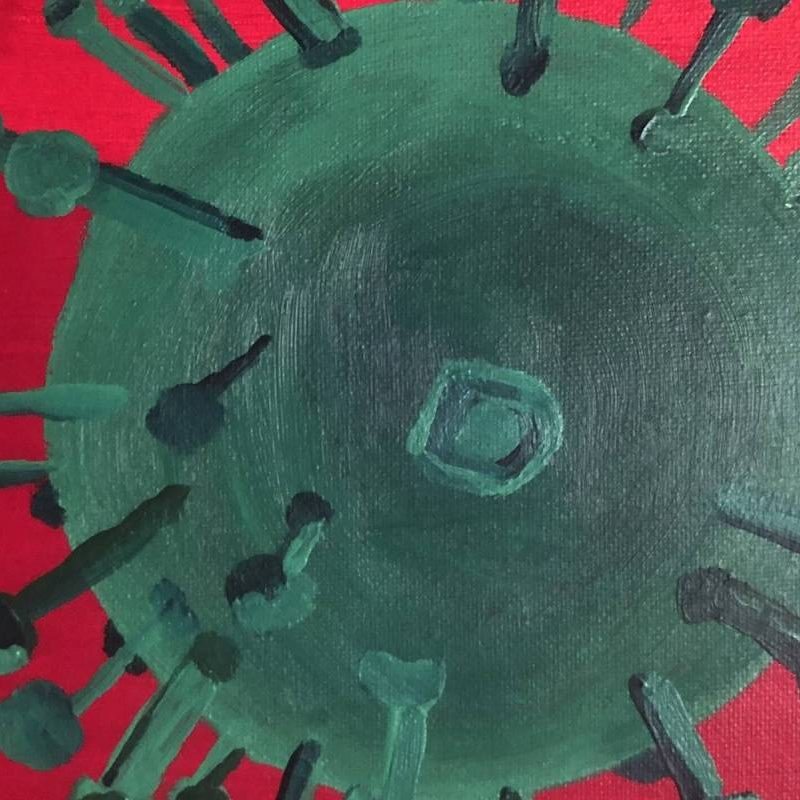18 April Seminar: Popular understandings of contagion during the 1918–19 influenza pandemic
For the fourth Pandemics & Society Seminar of our Spring 2024 series, we are pleased to welcome Islay Shelbourne (University of St Andrews). The seminar will be held on Thursday, 18 April at the normal time (1600 CET). You can sign up for email notifications about the seminar series, including the Zoom details, here.
Abstract
On the 26th of November 1918 in Pasadena, CA, the family of fifteen-year-old Heny Ellicott Magill received a call before breakfast from Henry’s Aunt Helen, summarily uninviting them from Thanksgiving. The day prior, Henry and his mother had argued with Helen over her decision to invite two soldiers from the nearby Arcadia Balloon Camp to their Thanksgiving dinner, with Henry describing her choice as ‘very unpatriotic and inconsiderate of others to have the boys when the Spanish Influenza is so bad, especially when one does not know the boys’. Henry’s mother had commented that if her immediate family were to boycott the event, perhaps Aunt Helen could invite even more soldiers. The following morning Aunt Helen called her bluff. Henry, reporting all of this in the diary he kept for the duration of the 1918-19 influenza pandemic, rejected Aunt Helen’s insistence that he and his parents were afraid of the flu, insisting that ’we are not afraid but only like to take precautions, as any other sensible person ought’. These precautions, however, were limited. In his concluding statement on the 26th of November entry, Henry notes that the carpenter had arrived to work on an upstairs room. Henry would interact with the carpenter frequently over the next few weeks.
Henry’s diary entries from throughout the pandemic period demonstrate the complex, multilayered understanding of contagion that dictated responses to influenza in 1918. This paper, as part of a larger PhD project, will utilise a Southern Californian case study to trace these understandings and the impact they had on adherence to, or rejection of, public health measures enacted during the pandemic to prevent the spread of influenza. In noting the influence of existing disease experiences, cultural depictions of infection and sickness, and the slow popular adoption of germ theory in the early 20th century, this paper will provide a nuanced study of everyday citizen’s reactions to public health measures, which in Southern California included public gatherings bans, school closures, quarantines, and mask mandates. Existing literature on the subject focuses largely on the opposition to these measures, and in doing so suggests a binary response in which citizens either completely opposed or otherwise entirely complied with public health ordinances. In utilising Henry’s diary, as well as other personal ephemera from the period, this paper will challenge this interpretation, and show instead how individually generated perceptions of infection risk informed the extent to which people followed official prevention measures or enacted their own forms of contagion defence.
About the Speaker
Islay is a PhD Environmental History candidate at the University of St Andrews, where her thesis explores how Southern Californian medical and civilian reactions to the 1918-19 influenza pandemic were framed by the state’s unique attitudes towards health and nature. Prior to her PhD, Islay explored issues of medical authority and expertise in both her BA dissertation on veterinary authority in the First World War (QMUL 2019) and MRes thesis analysing medical expertise among British bacteriologists during the 1918-19 pandemic (IHR 2021). Her research employs a combination of medical, environmental, and everyday life history methodologies, the latter inspired by her work on the Everyday Dictatorship Project, also at the University of St Andrews.
